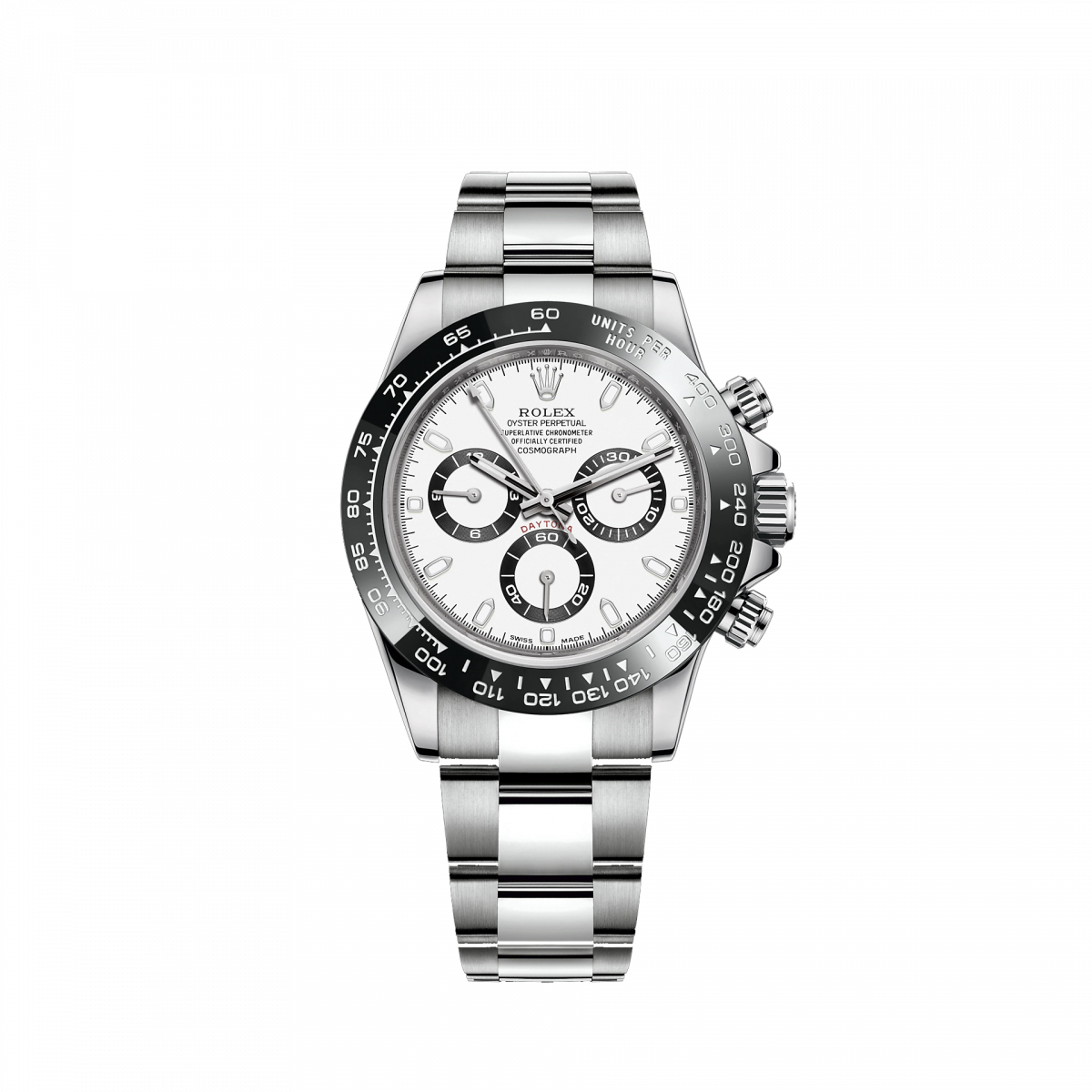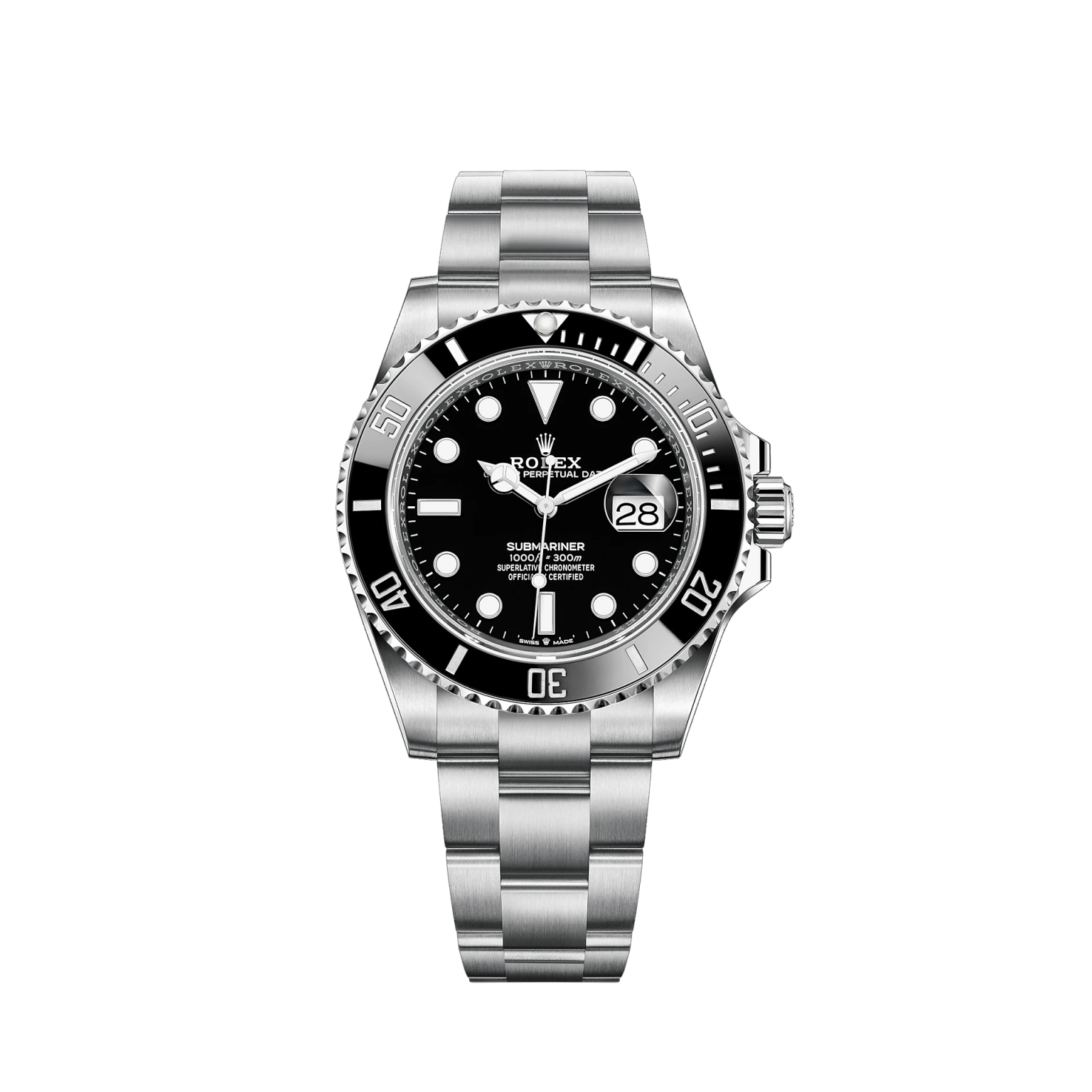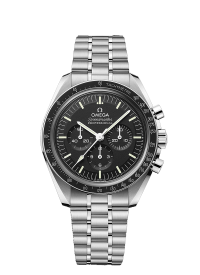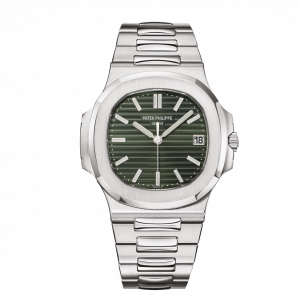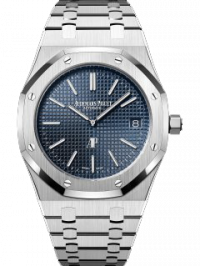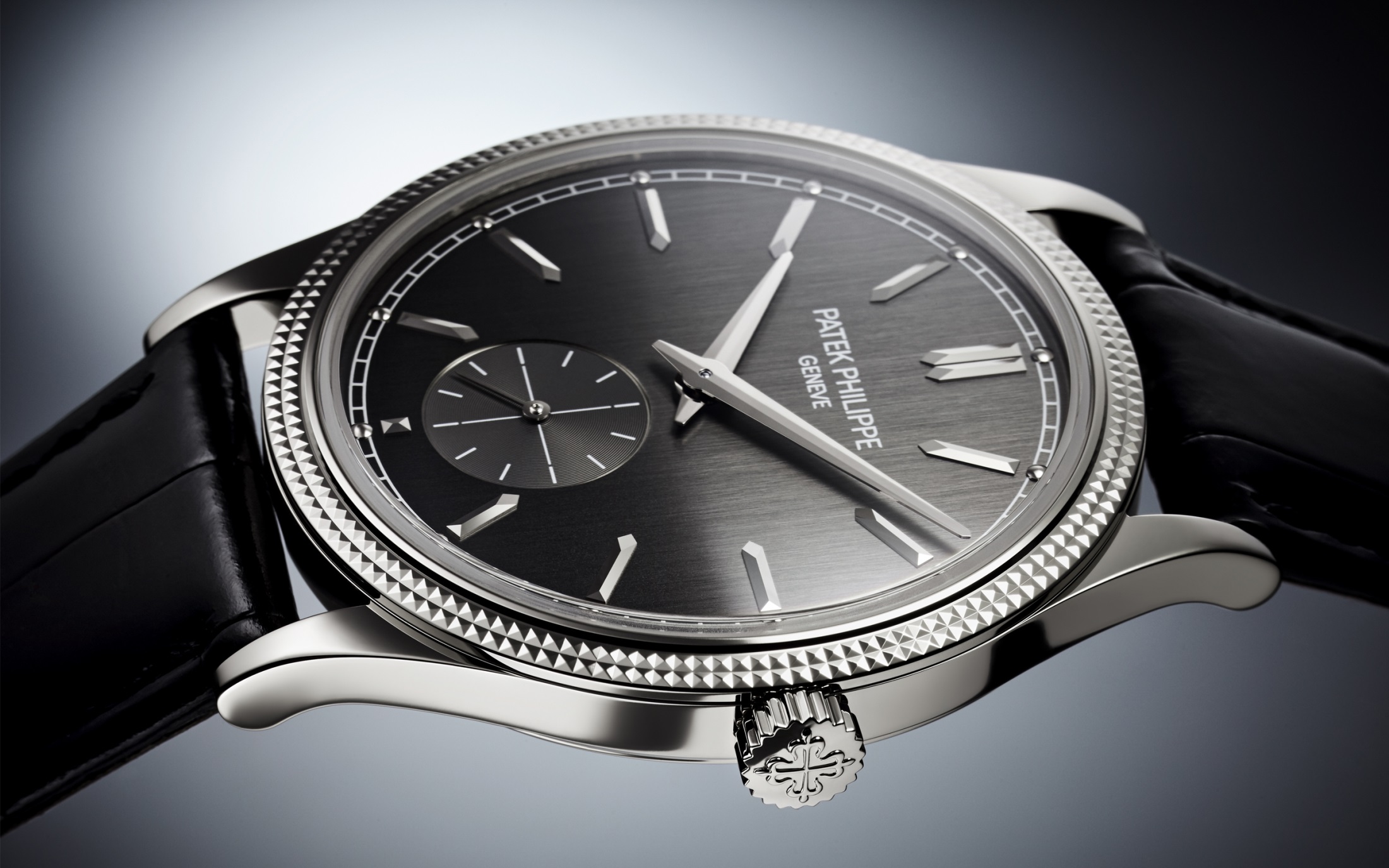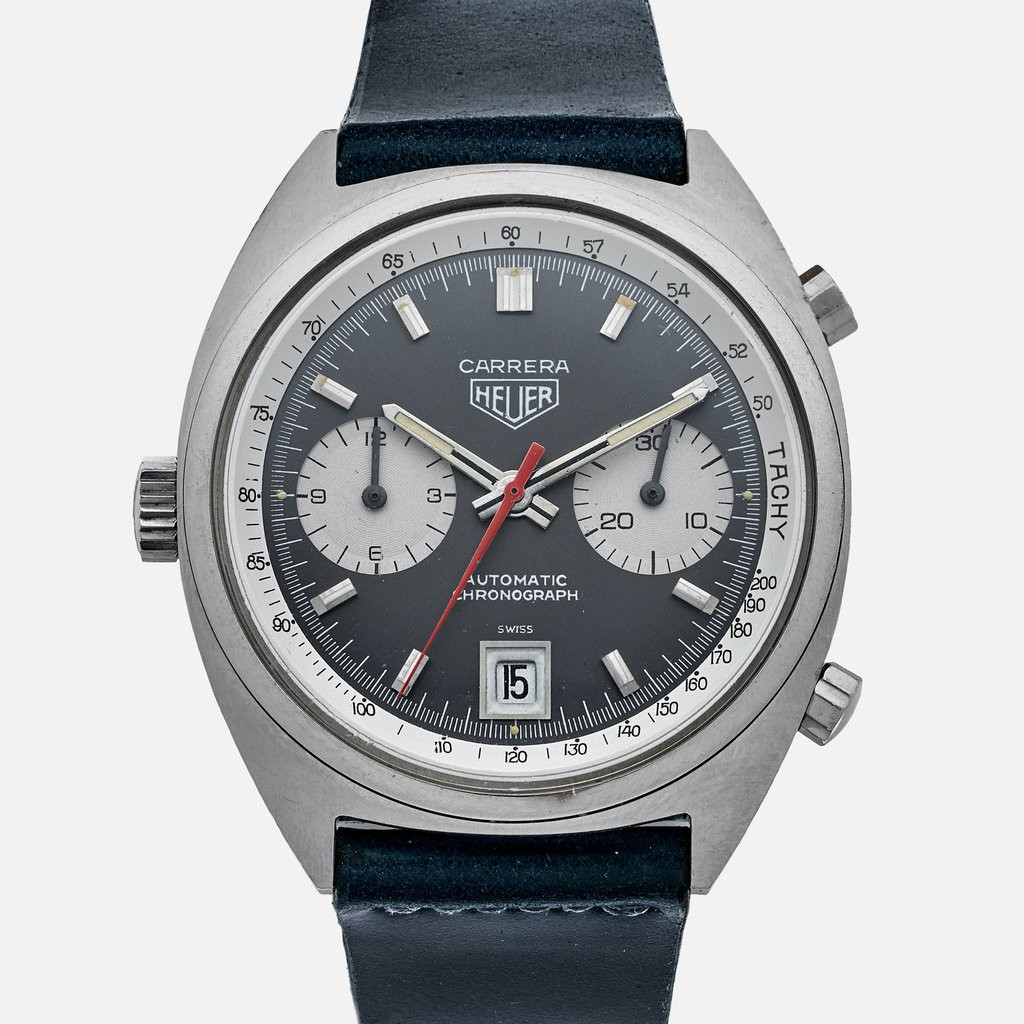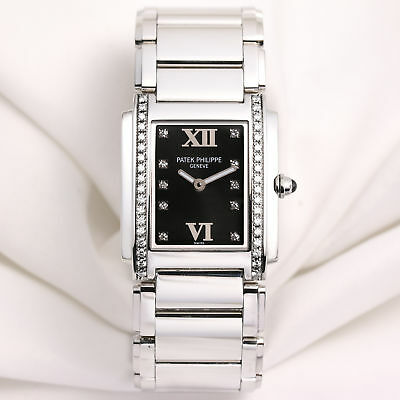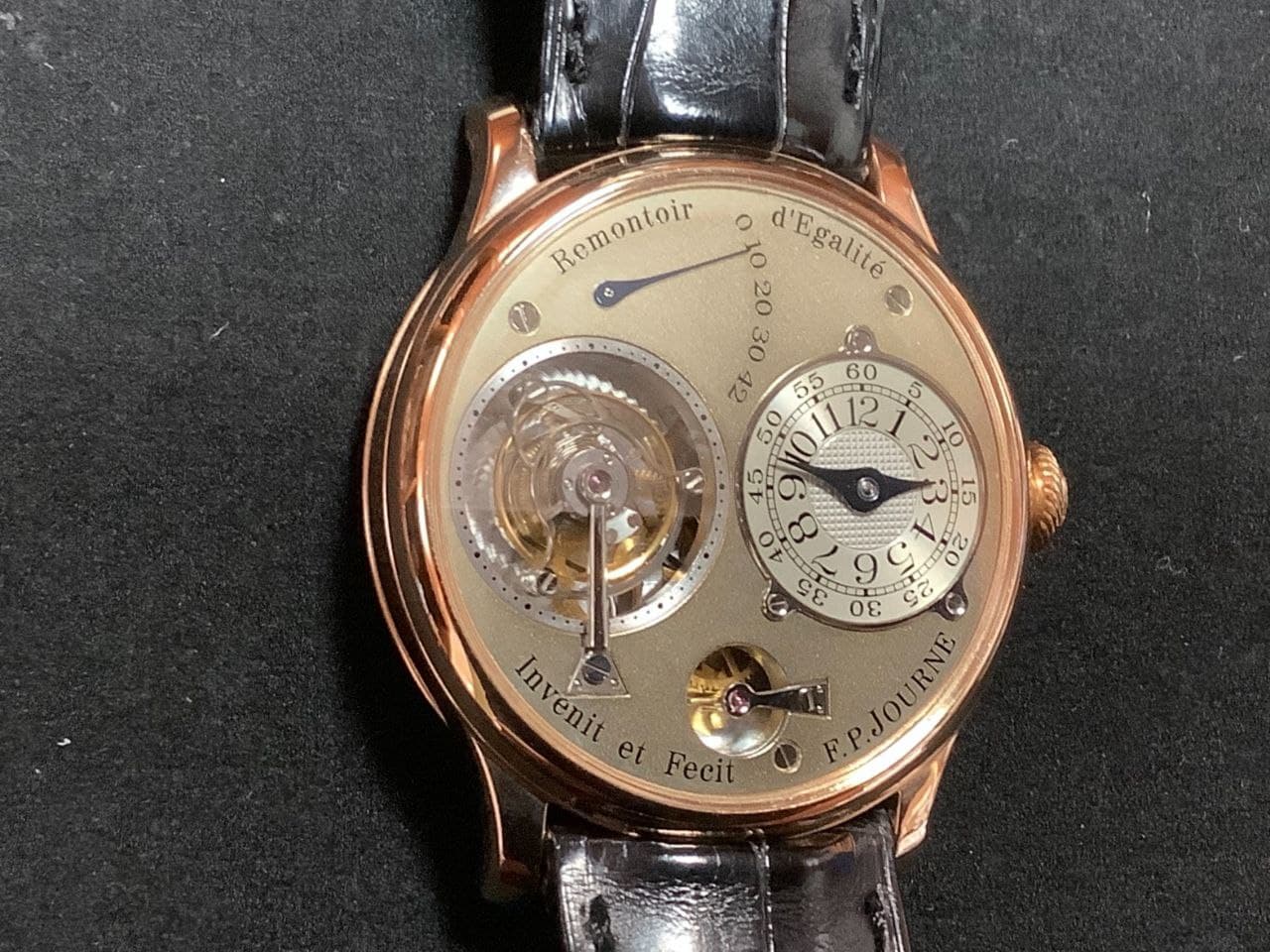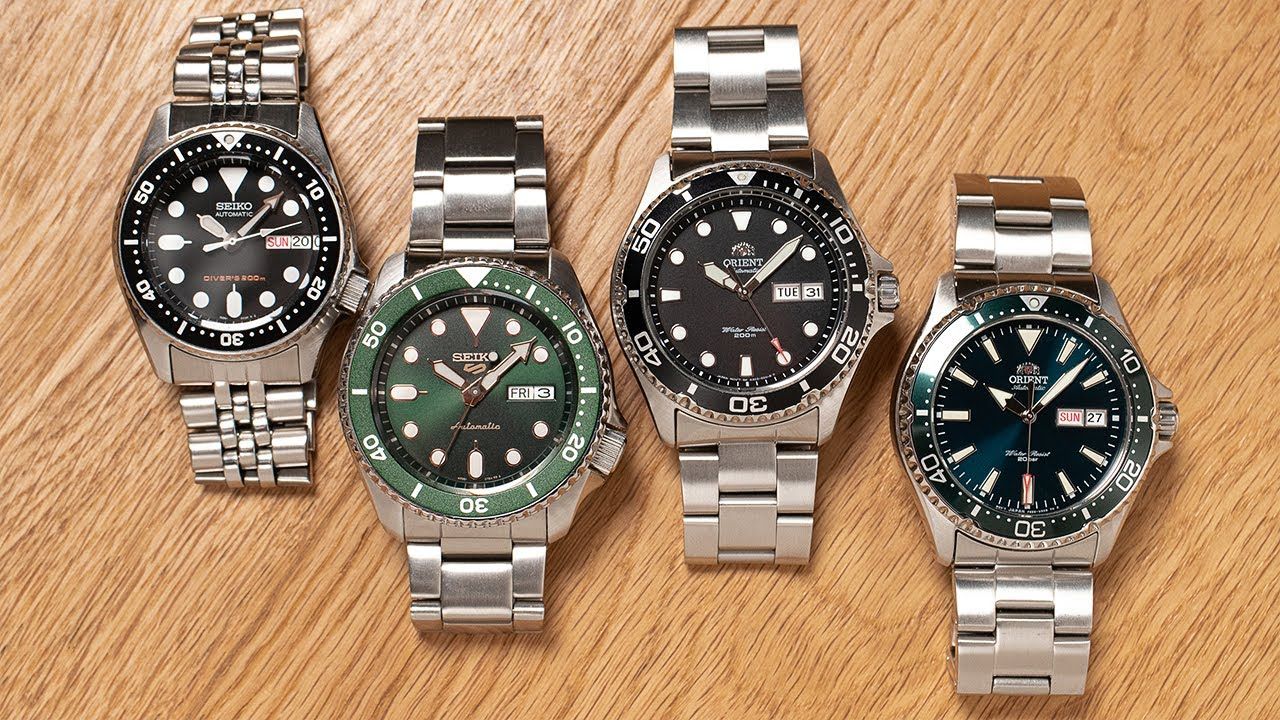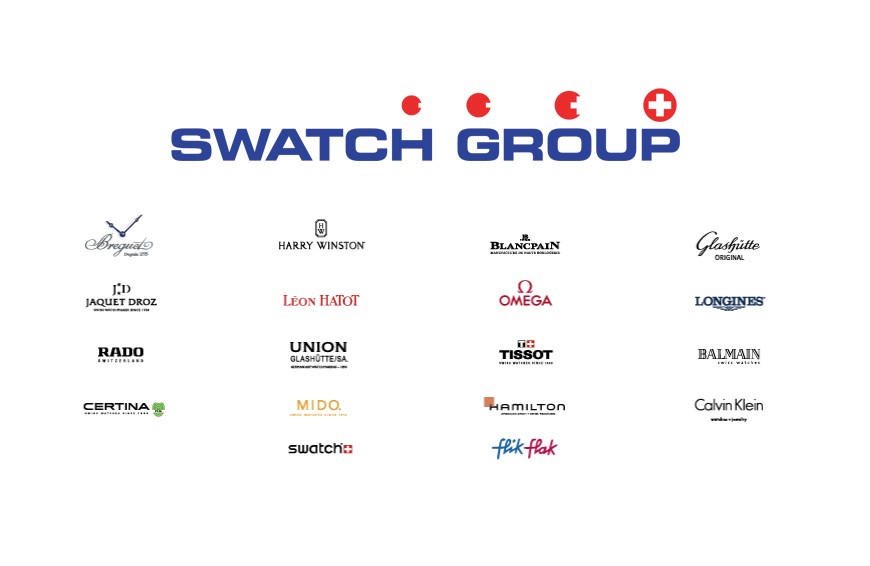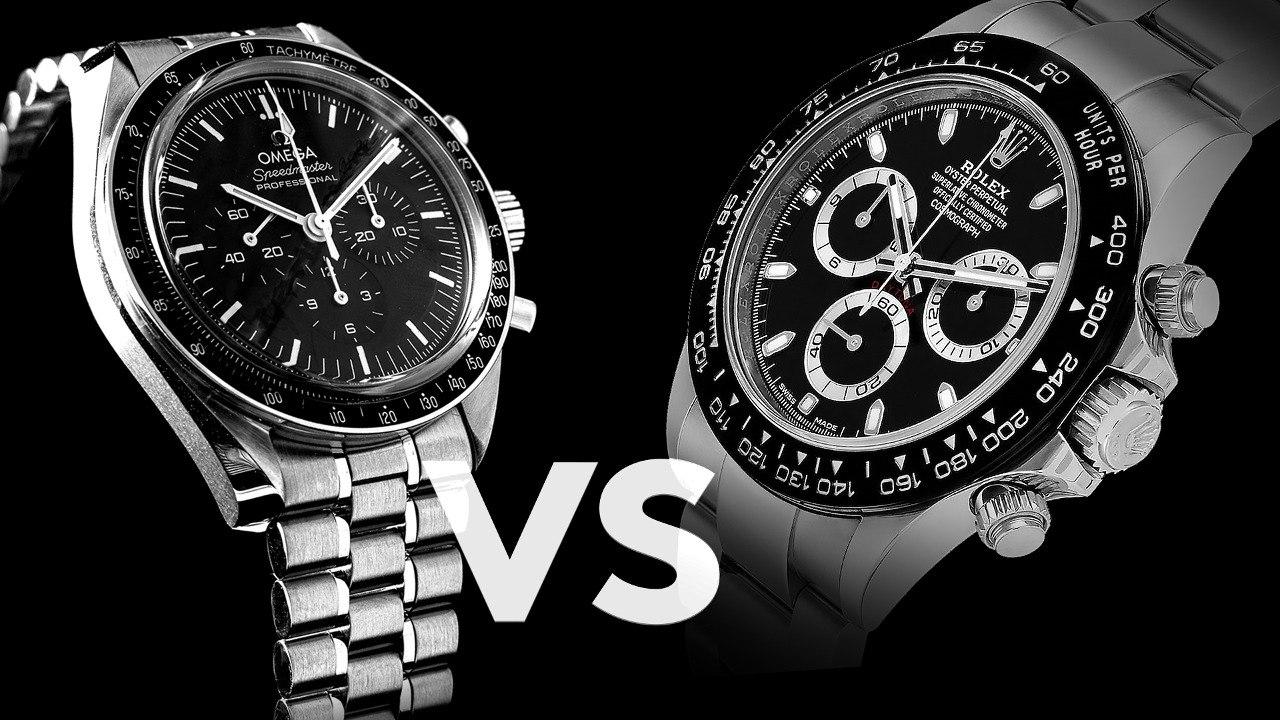Let's continue the journey into the most unfathomable worries of the owners of cheap watches and let's analyze how to take care of the fragile psyche of watch users today, er, we wanted to say about the noisy bracelet of the cheap diving watches modern.
In the first article we briefly saw the alternatives available for those who can't stand the clinking of the bracelet. In this second part we see how to solve the problem by remedying the noise or, if not possible, replacing the bracelet completely.
Spoiler: the final solution is a NATO
We must now draw the threads of this long dissertation on nothingness, that is, on the problem of jangling bracelets. False problem, as the bracelet will hardly detach from the case, for which we propose a real solution: NATO straps.
The NATO strap is the easiest way to change the look of your watch. With a fabric NATO strap, spending very little, you can give new prominence to a dial you are now used to, recall the bezel, coordinate it with the rest of your clothing...
An advice: start with the fabric NATO strap more classic than same colour of your clock face, then add a variation like the James Bond CD, of which you see a photo below. If you like the result, you can gradually enrich your collection of straps, making sure to purchase those of the correct size for your watch: a NATO that is too narrow for your lugs is not a good look, unless you are Sean Connery.
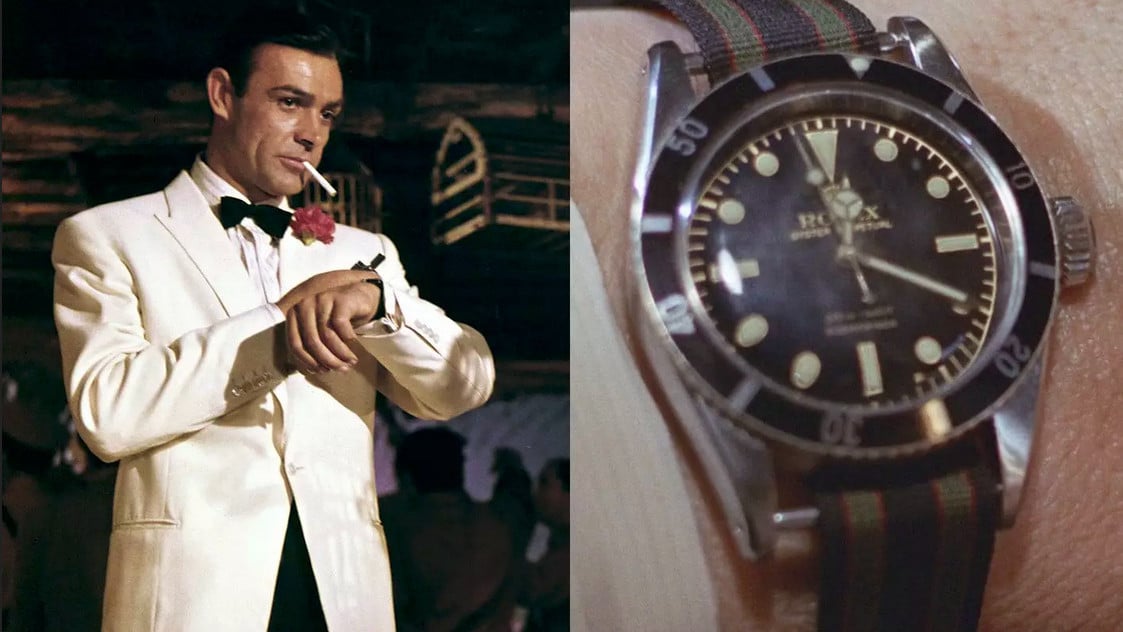
The NATO strap, as well as in fabric, also exists in leather. With the caveat of not using it in water, which would contribute to premature aging of the leather, a leather NATO strap can really make a difference in the aesthetics of a watch. Seeing is believing this Omega Speedmaster with a suede strap, which really gives a touch of class, as well as giving an air vintage to your timepiece.
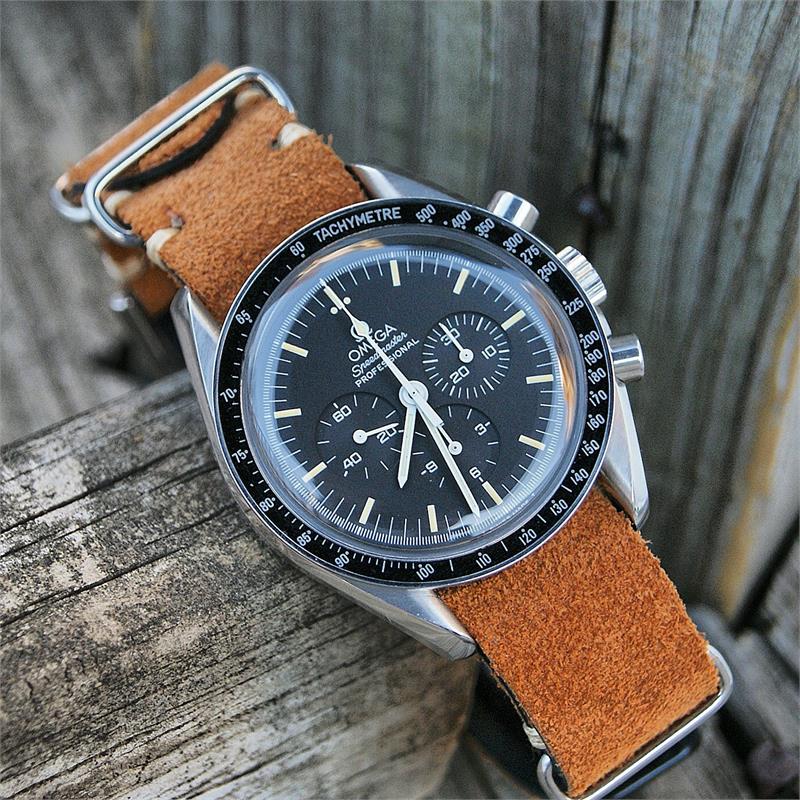
He's not a diver, but this Omega Speedmaster with the suede NATO strap makes a great impression, so we put his photo up and that's fine.
The only caution we would like to recommend regarding leather NATO straps concerns the fact that, unlike fabric ones, they are not breathable. Therefore their use is recommended more in winter, when temperatures are low enough to avoid sweating and sunscreen is not used.
Sorry, but the bracelet jingling? I read two articles just for this!
Ah, you wanted to know how to fix a rattling bracelet, Right? Well, yes, there is a way, and it's quite simple: just remove it from the case with the appropriate lug remover and tighten with tweezers in plastic or a metal one covered with a piece of cloth to avoid scratching the finish, or with your fingers – be men, come on, it's a piece of sheet metal! - the end, so as to make it adhere to the case. By reinserting the end on the case, you can easily check whether the correction is correct: the fit must be perfect, without any oscillations. One way to check if it is necessary to proceed with this type of correction is to try to insert small pieces of paper between the bass drum and the amplifier. If at least one layer enters, as in the photo below, it is necessary to tighten the ends.
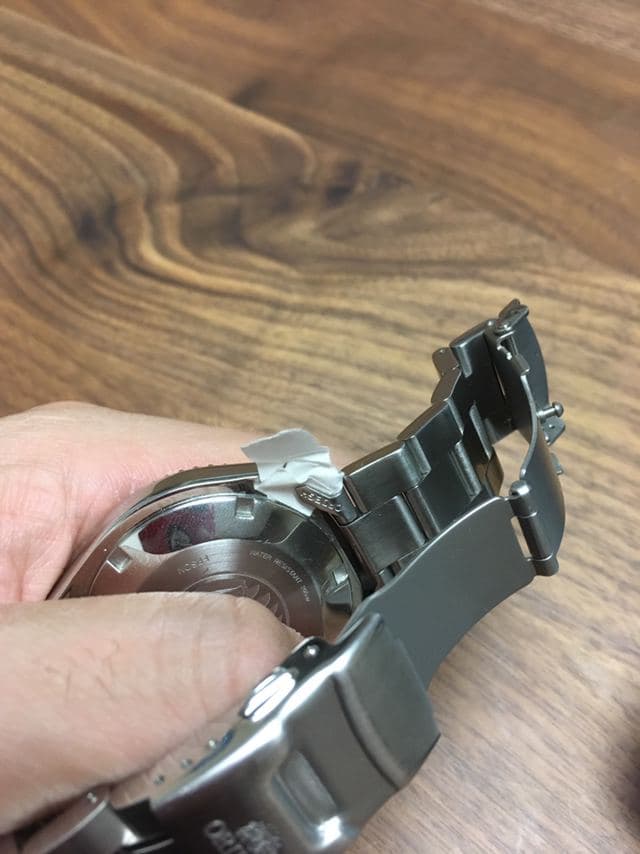
So let's see what a bracelet looks like just removed from the case and, in more detail, the appearance of a hollow end. In the first photo below you can see a 22mm Orient bracelet just removed from the case of the Orient Ray II it belongs to.
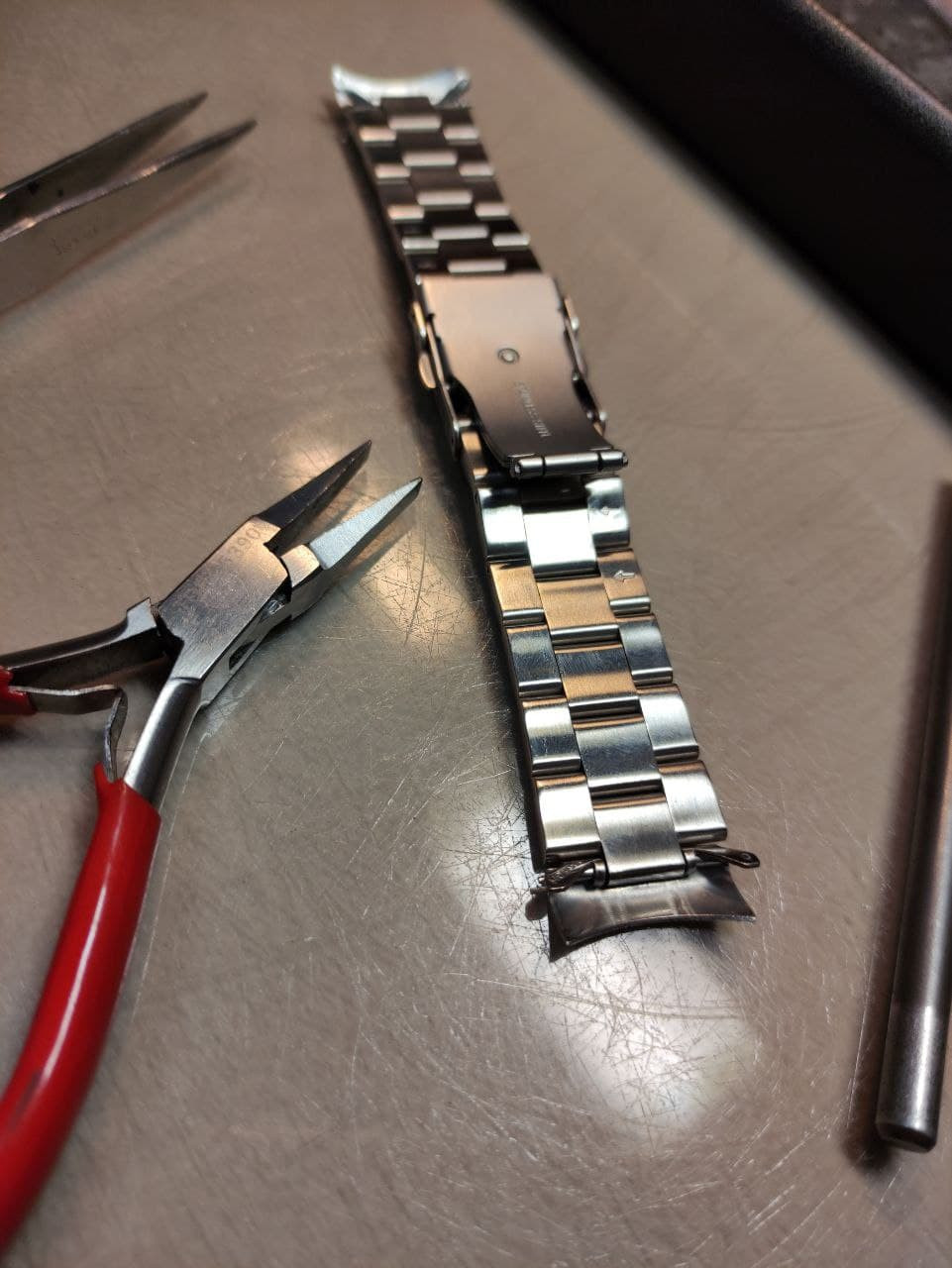
In these two photos, taken with two bracelets of different brands, you can see how the hollow ends, or rather, made of pressed sheet metal, are a characteristic of budget watches equipped with a bracelet. This Seiko power amplifier is made with the same construction technique, but, interestingly, it does not rattle. Why? Because it is narrower - 18 millimeters versus 22 - and must support a lighter case - we are talking about a non-waterproof Seiko 5 with a diameter of 37 mm, versus an underwater Orient Ray II of almost 42 mm.
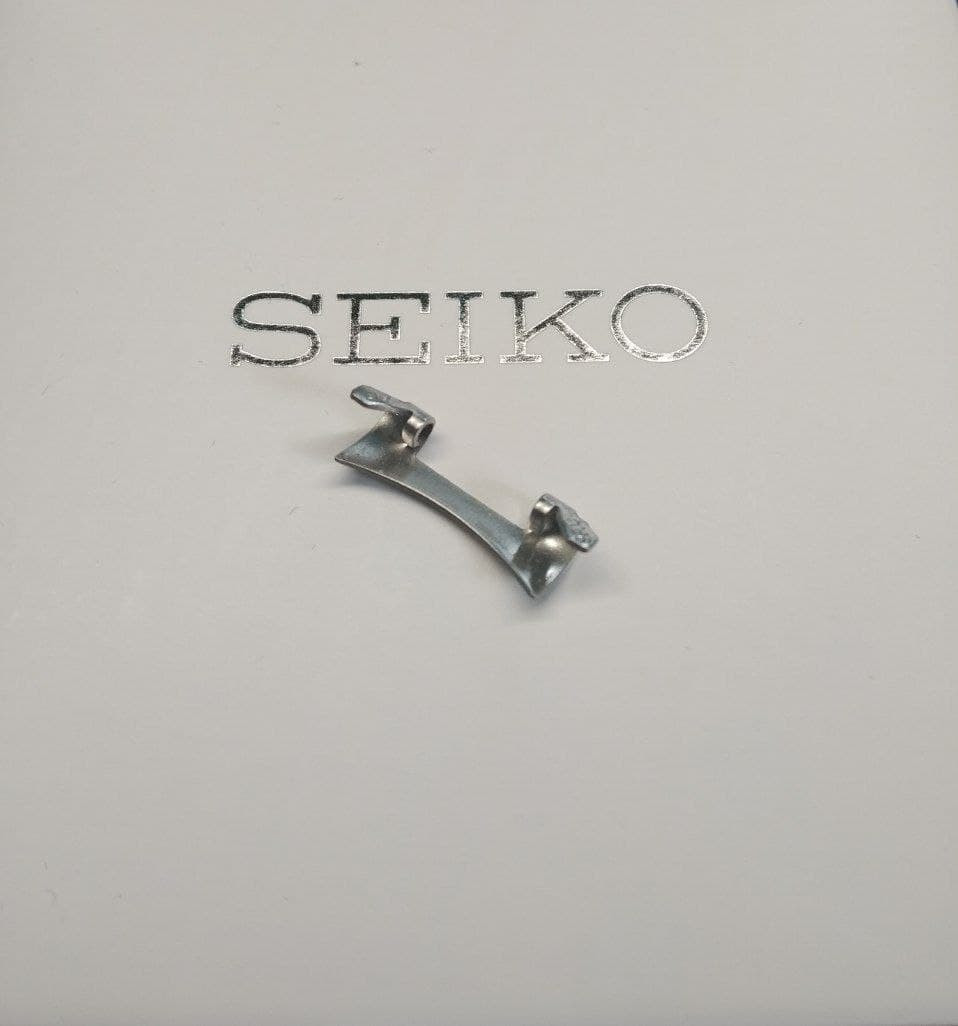
The "feet" you see near the loops of the end are the offending part in the jingle of your cheap bracelet. The watch case, being yanked and twisted against the bracelet by the movement of the wrist, levers on these thin metal flaps, which inevitably "open", making the seal of the end against the case looser. Then when the watch, being worn, moves on the wrist, the jingle is heard.
It is therefore clear that tightening the pins with tweezers solves the rattling problem, but temporarily, only until the aforementioned pins loosen again. The real solution to the problem would be to create a well-constructed hollow final, like those of the Rolex of the past – today they also resort to full endings, which solve the problem at its root -. Below you can see how a Rolex molded end is made: this construction offers a seal comparable to that of hollow ends, but is obviously more expensive. Furthermore, Rolex has 20 millimeter lugs, which compared to the 22 mm ones on the Orient bracelet pictured above, naturally rattle less, being subjected to a shorter lever at the moment of the case-bracelet torsion which stresses the ends.
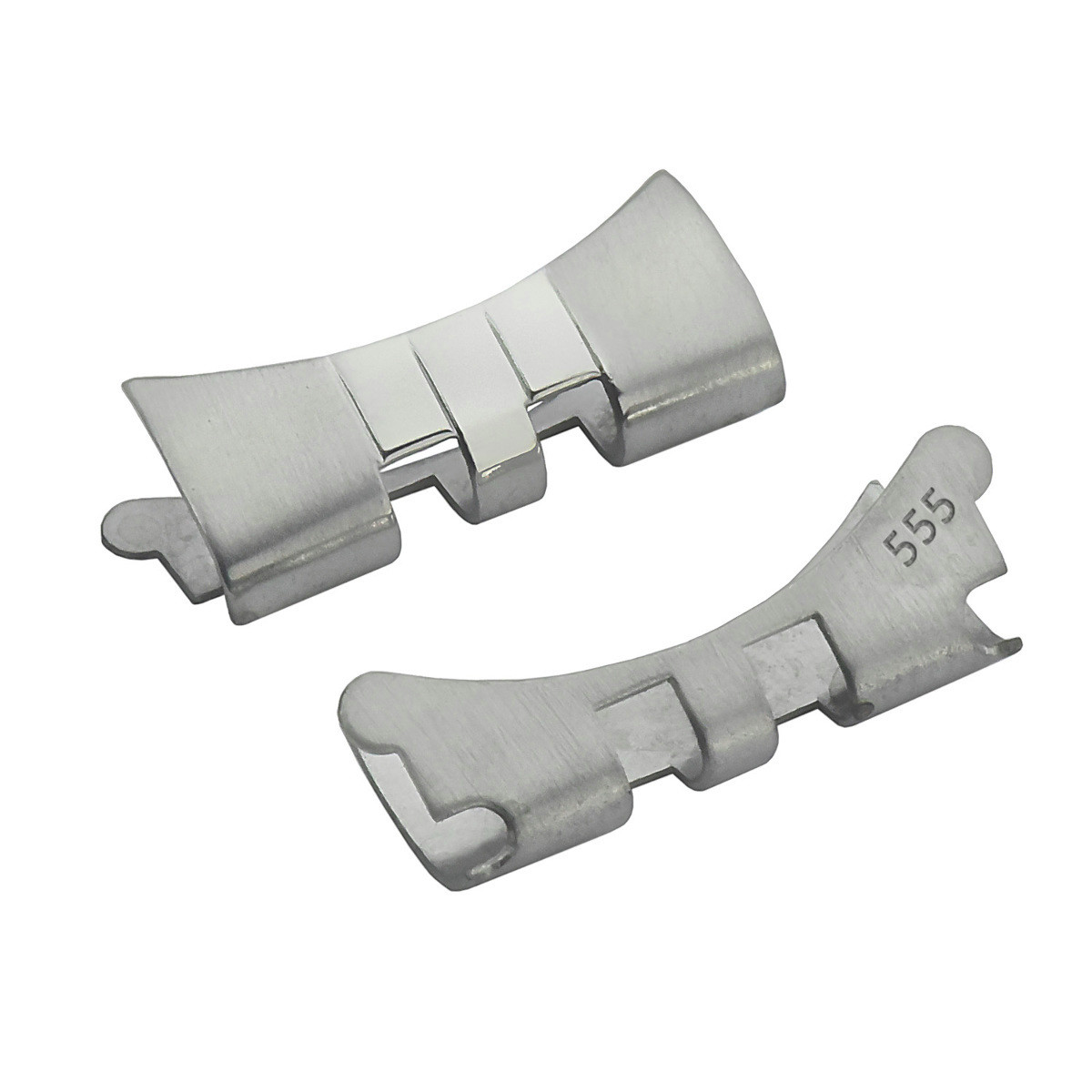
Conclusions
If, like the writer, you have a diving watch with a fairly heavy case - even if nowadays there are even bigger ones -, with lugs 22 millimeters wide and hollow ends, how can you remedy the bracelet rattling problem – except buying a watch with a lighter case and not too large lugs -?
The alternatives are:
- Buy a quality bracelet, that coastline however, a significant fraction of the price of a cheap diver, or which is made in Milan jersey and therefore without rattling ends. The latter, however, has the flaw of not covering the lugs, because it inevitably leaves a small space uncovered which some consider unsightly, furthermore it is not always suitable for underwater use, as it often lacks a double safety lock.
- Buy a NATO strap. This is the choice of many enthusiasts: it's hard not find the ideal strap for your sports watch, with all available fabrics. If you want to give an extra touch of elegance, there is also the possibility of using a leather NATO strap. In addition to the NATO, with three rings, there are the ZULU straps, with five rings, which are more "massive" on the wrist, raise the watch more and keep it more firmly anchored to the wrist. Defects? They are less "aquatic" than a metal bracelet: the fabric ones because they stay wet, the leather ones because they shouldn't really see the water.
- Choose a rubber strap. Same aquatics of a bracelet, perhaps less elegant, but undoubtedly practical. They tend to cost a little more than NATOs if they are quality, but it's worth getting something well made.
- Keep the original bracelet and bear with it the slight clink, aware of the fact that the watch will hardly come off the bracelet. Yes, it's an option, many do it and live happily: try it, it costs nothing!


